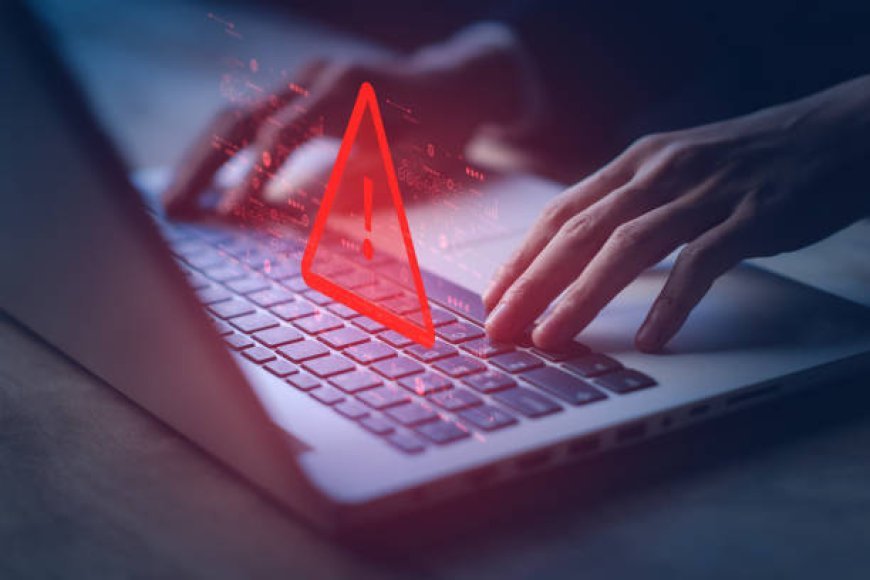The Danger that Hides in the Unknown Links
Our technology is rapidly growing, so do evil doers. To prevent this, a person must be a media literate to counter these individuals that spread dangerous links that may cause harm to you or to the person that will click the link unknowingly or just become curious about the link provided in the media such as in emails, messages, and media platforms.

As technology rapidly advances, so do the tactics of cybercriminals. One of the most effective ways to counter these threats is by becoming media literate. Understanding the dangers of malicious links and recognizing suspicious online activities can protect individuals from falling victim to cyberattacks. Dangerous links, often distributed through emails, messages, and social media platforms, can lead to severe consequences for those who unknowingly click on them.
Why Media Literacy is Essential
Media literacy is not just about understanding online content but also about developing the critical thinking skills necessary to identify and avoid digital threats. Cybercriminals use deceptive tactics to spread harmful links that contain malicious software, commonly referred to as malware. These can severely compromise personal data, financial security, and device functionality.
Common types of malware include:
-
Ransomware – Encrypts files and demands payment for their release.
-
Scareware – Tricks users into believing their system is infected, prompting them to download fake security software.
-
Trojan Horse – Appears as legitimate software but secretly installs malicious programs.
-
Spyware – Monitors user activity and steals sensitive information.
-
Adware – Displays intrusive advertisements and may redirect users to harmful websites.
-
Phishing Scams – Tricks users into providing personal information by pretending to be a trustworthy source.
Recognizing and Avoiding Malicious Links
Many individuals continue to fall victim to these threats due to a lack of awareness. The best way to prevent cyberattacks is by educating oneself about how malicious links operate. Here are some key strategies:
-
Verify the Source – Always check the sender’s email address or profile before clicking on any link.
-
Look for Red Flags – Poor grammar, urgent requests, and unfamiliar domain names are common signs of a phishing attempt.
-
Use Security Tools – Enable antivirus software and browser extensions that warn against suspicious sites.
-
Hover Before Clicking – Placing your cursor over a link reveals its true destination. If the URL looks suspicious, do not proceed.
-
Research the Link – If unsure about a link’s legitimacy, search for it online or use link-checking tools.
-
Avoid Clicking on Pop-Ups – Many malicious websites use pop-ups to trick users into downloading harmful software.
The Ongoing Threat and the Need for Awareness
Cyber threats are not going away anytime soon. As technology evolves, so do the methods cybercriminals use to deceive individuals. The best defense is a well-informed user base that can recognize potential threats and take necessary precautions before engaging with unknown links. By developing media literacy skills, individuals can protect themselves from harmful cyber activities and contribute to a safer digital environment.
Conclusion
Understanding and practicing media literacy is crucial in today’s digital world. A single click on a malicious link can lead to significant financial, personal, and security risks. By staying informed, verifying sources, and being cautious, individuals can safeguard themselves against cyber threats. Remember, it is always better to be safe than to fall victim to cybercriminals.
What's Your Reaction?












/https://tf-cmsv2-smithsonianmag-media.s3.amazonaws.com/filer_public/54/66/546650fa-26a4-40fd-8d6d-5a7a04540f81/rosetta2.png)
:max_bytes(150000):strip_icc():focal(999x0:1001x2)/robert-prevost-050825-1-39395418ab494da5a3a700c9478e66c8.jpg)















































format(webp))
format(webp))


























